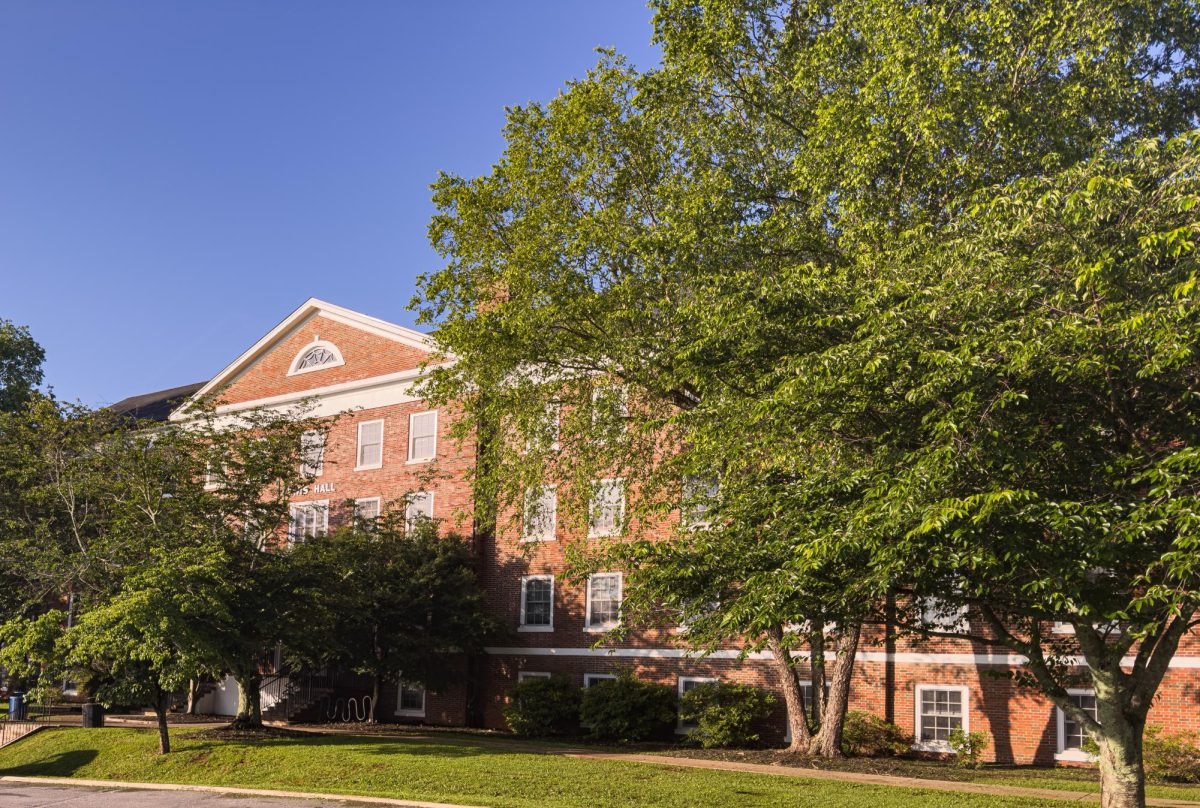When you look around on campus or anywhere else you might go, you might notice characteristics of those around you, like their height, the clothes they wear, or the color of their hair. In these observations, you might notice that a surprising amount of people, specifically women, alter their natural hair color in some way. What is it that makes hair coloring so popular among women? Why do so many people opt to change their natural hair color?
A Student Perspective
Senior Communications Major, Harli Crabtree, said, “I didn’t feel confident as a ginger, my natural hair color, so I booked an appointment for highlights.”
“My mom never wanted me to dye my hair, that’s why I waited until college when I had my own money to pay for it,” said Crabtree. “When she found out, she was mad because my hair was ‘unique,’ and now I was blonde like the rest of my family.”
“I did try to highlight the front of my hair once myself, but it did not turn out as expected,” said Crabtree. “I had to have my friend who is in cosmetology school help me make it look normal.”
Freshman Kinesiology Major, Luna Shillcutt said, “I first got highlights when I was eight, my aunt is a hairstylist, so it has always been pretty attainable.”
“I never thought much about doing it myself because if I want to change my hair, I have my aunt,” said Shillcutt. “For a few years, I had a full highlight, like bleach blonde as a natural brunette, but my favorite color is what I have now, split red on the bottom and blonde on the top.”
Sara Tilton, a natural ginger and Senior Business Major said, “I went from getting highlights to cover my red hair, but recently dyed my hair brown at home and I feel the most confident I ever have.”
A Professional Perspective
Adria Stevens, who worked as a front desk attendant at Pageboy Salon in Athens, Georgia, said that in her year working in a salon, “I saw lot of people wanting balayage or full highlights, or some bad color corrections from people doing stuff themselves.”
As one of the highest-rated salons in Athens, a college town, Stevens said that “the clients mostly sorority girls and middle-aged professional women wanting bleach treatment or lightening” and “there only a few men ever came in for dye.”
“I also got my hair done for free because, as the first person in the salon, they want your hair to look good,” said Stevens. “I saved hundreds of dollars on my hair that year.”
As mentioned by Stevens, hair treatments at a salon can be expensive, however, there are other more budget-friendly options for people looking to change their hair.
Hair dyes and lighteners are sold at most convenience stores for as little as $5 a box. These store-bought products often come with all the necessary supplies including step-by-step instructions for the dying process.
However, Aleasha Amos,a practicing cosmetologist since 1994 and owner of the “Be-you-Tiful Salon” said, “In general it is unsafe to perform these services at home. The products available to consumers in retail stores are made with lower quality ingredients combined with the uneducated consumer not understanding how the chemicals interact to achieve desired results, can lead to undesired results. Not having the knowledge of the chemical interactions can also lead to damaged or broken hair.”
With the relatively high cost of salon appointments, it is no surprise that college students often reach for box dyes and at-home options for hair care. In Donovan Hall, a freshmen-only dorm on the Dahlonega campus, there were numerous empty bottles of at-home hair dye in the bathroom, suggesting that this experimentation was taking place regularly.

As a stylist, Amos said, “I see the need for color correction most frequently in teens to very early 20s clients. That’s the age most people like to experiment with color.” She said “At-home attempts that need correction happen a few times a month” and “younger generations will often just live with it or cover it up with a solid color instead of paying to correct it properly.”
“I have definitely turned away clients with over-processed hair in most cases from at-home lighteners,” said Amos.
Stevens said, “For color corrections, I had the client text a picture of what their hair looked like, and it was stressful for the stylists because no one wanted to be liable for their hair. Because we had no idea what chemicals were used on their hair, they had to sign a contract when getting a color correction to ensure the salon was not liable for damage.”
“It sounds intense, but the color correction process can be challenging and is rarely resolved exactly how the client would like it to be,” said Stevens.
What should you do next time you feel like switching up your hair? Is it smart for you to make changes to your hair yourself? The haircare experts say with this experimentation comes risks, and it’s smarter and safer to get advice from cosmetologists and other professionals.






















